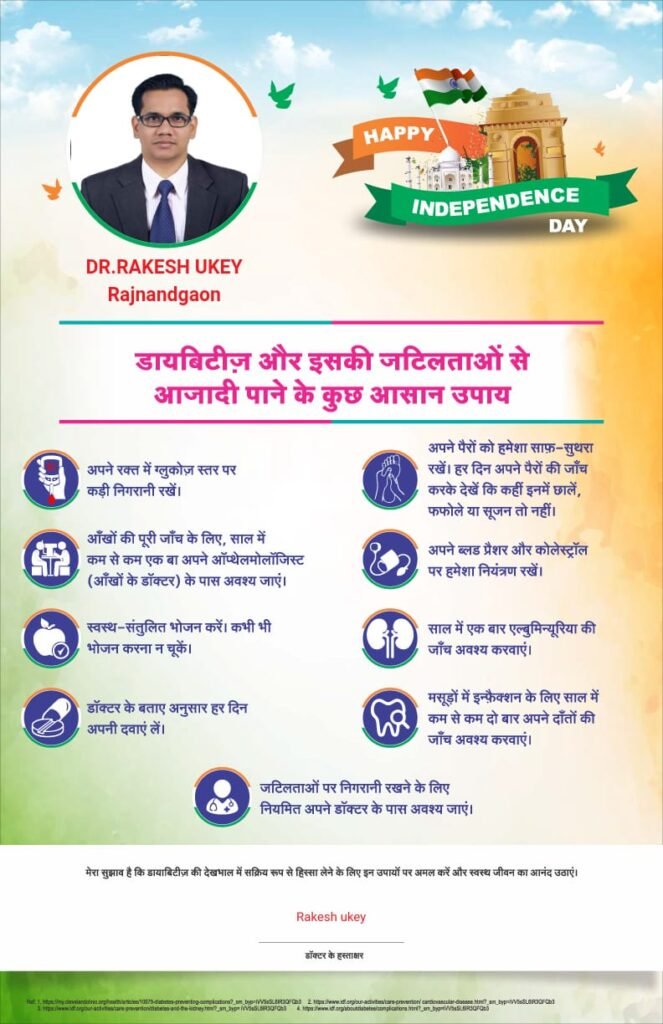Diabetic Ketoacidosis DKA
A potentially fatal complication of diabetes mellitus. A catabolic condition that results from severe insulin deficiency association with stress and activation of counter-regulatory hormones.


Risk factors include interruption of insulin therapy, sepsis, trauma, M.I., pregnancy, stroke, Type I Diabetes, Surgery.
Symptoms Of Diabetic Ketoacidosis DKA:
The patient may present with a variety of symptoms include polyuria, polydipsia, tiredness, weight loss, nausea, vomiting, abdominal pain, confusion, drowsiness.
Physical examination:
Tachycardia decreased capillary filling, rapid deep and labored breathing (Kussmaul respiration), and fruity odor in breath. Dehydration and rarely respiratory distress, shock, and coma.
Suspect DKA whenever a diabetic patient with a history of trauma, fever or interruption of insulin therapy presents with non specific symptoms like vomiting, abdominal pain, breathing difficulty.
Investigations:
Blood sugar level usually elevated above 300mg/dl Urine acetone will be positive. Arterial Blood Gas analysis shows a high anion gap metabolic acidosis.
Serum electrolytes Hyponatremia, hyperkalemia, azotemia, uremia may be present.
Diabetic Ketoacidosis Treatment (DKA):
Management of should be done in an I.C.U DKA set up or under close monitoring.
Priorities in treatment include:
•Fluid Replacement
•Adequate Insulin Administration
•Potassium repletion (as insulin administration causes rapid shift of K+ into intracellular compartment)
Treatment Orders:
I.V fluids :
1 Litre of Normal Saline over 30 minutes fast; 1 Litre of normal saline over next 1 hour; 1 Litre of normal saline over next2 hours.
2. Inj Regular insulin 15 U I.V stat
3. 50 U insulin in 500ml NS at the rate of 16 drops/ min
4. Hourly GRBS monitoring and 2 hourly Serum electrolyte monitoring
5. Expected reduction of RBS is about 50-75mg/ dL per hour. If it is not achieved, then double the rate of insulin infusion.
6. Start 500ml D.N.S slow I.V once blood glucose reaches 200mg/dL.
7. 1 ampoule of KCL (20MEq) in 500ml N.S along with 2nd litre of IV fluids.
8. I.V antibiotics if underlying infection is suspected.
9. Stop insulin infusion once the blood glucose level, is below 200mg/dL and the patient’s general condition improves, and then starts on subcutaneous insulin administration.
Complications:
1. Lactic acidosis to prolonged dehydration, infection, tissue hypoxia
2. Arterial thrombosis manifested as stroke, M.I
3. Cerebral edema – due to overhydration and rapid correction of hyperglycemia due
4. Rebound ketoacidosis – due to premature cessation of IV insulin and inadequate subcutaneous insulin.
Read more https://drrakeshukeymd.com/diabetes-mellitus-diagnosis/
Follow us on Facebook- https://www.facebook.com/DrRakeshUkeyMD
